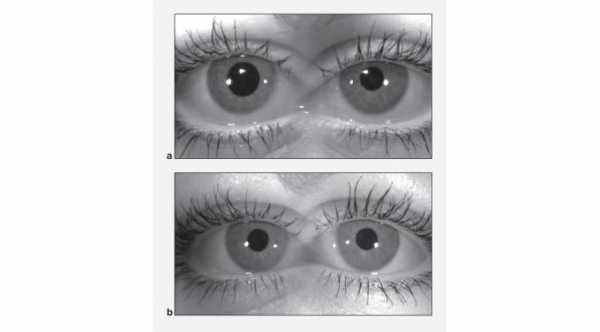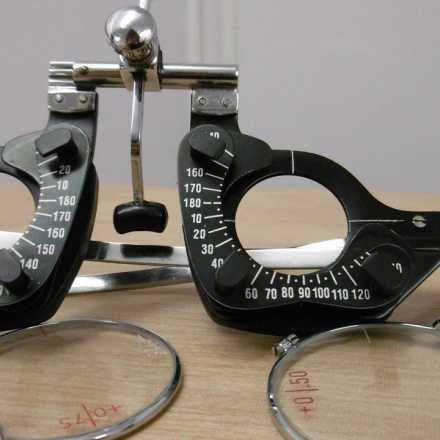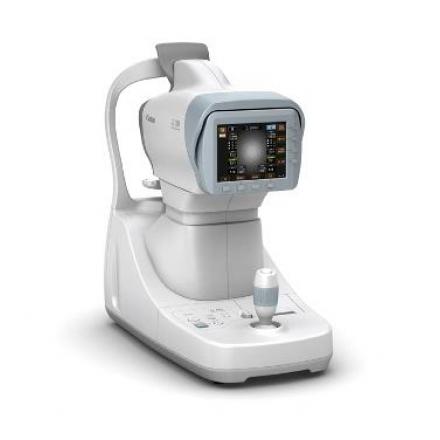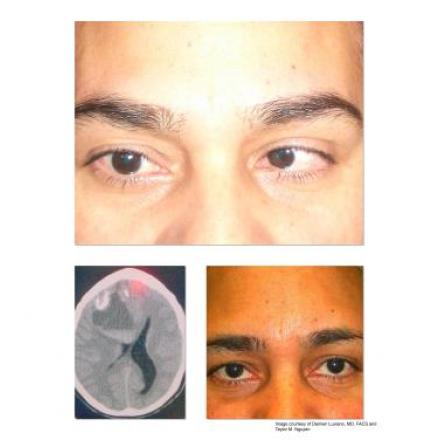
Anisocoria
Anisocoria is a condition in which the sizes of pupil of both eyes are not equal. It can be normal and in this case it is called physiological type.Around 20% of population has it and the difference in pupil size is less than 1 mm between both eyes.
Pathological type occurs as a result of defects either in the nerve supply of the pupil or muscles of the pupil.
Symptoms of Anisocoria
Usually it is asymptomatic especially in the physiological type but sometimes symptoms such as diplopia, photophobia,glare and blurred vision can occur.
Causes of Anisocoria
The most common causes of pathological type are:
1- Adie Syndrome
2- Horner Syndrome
3- Chemical Blockage of the Pupil
Either anti-cholinergic medications such as atropine in which the affected pupil will be larger than the normal one or cholinergic medications such as Pilocarpine in which the affected pupil will be smaller than the normal one.
It is temporary effect and it will end once the duration of action of the medication is ended.
Other chemicals Such as cocaine and some plants can cause it.
4- Iris Damage
It can occur due to trauma, surgery, intraocular inflammation and ischemia. Most common cause of iris ischemia is Diabetes Mellitus.
Treatments of anisocoria
There is no treatment of Physiological type because rarely it causes symptoms or complications.
Treatment of Pathological type will depend on the cause of it.
Horner's syndromes should be investigated for possible life threatening conditions such as carotid Artery aneurysm and lung tumors.







